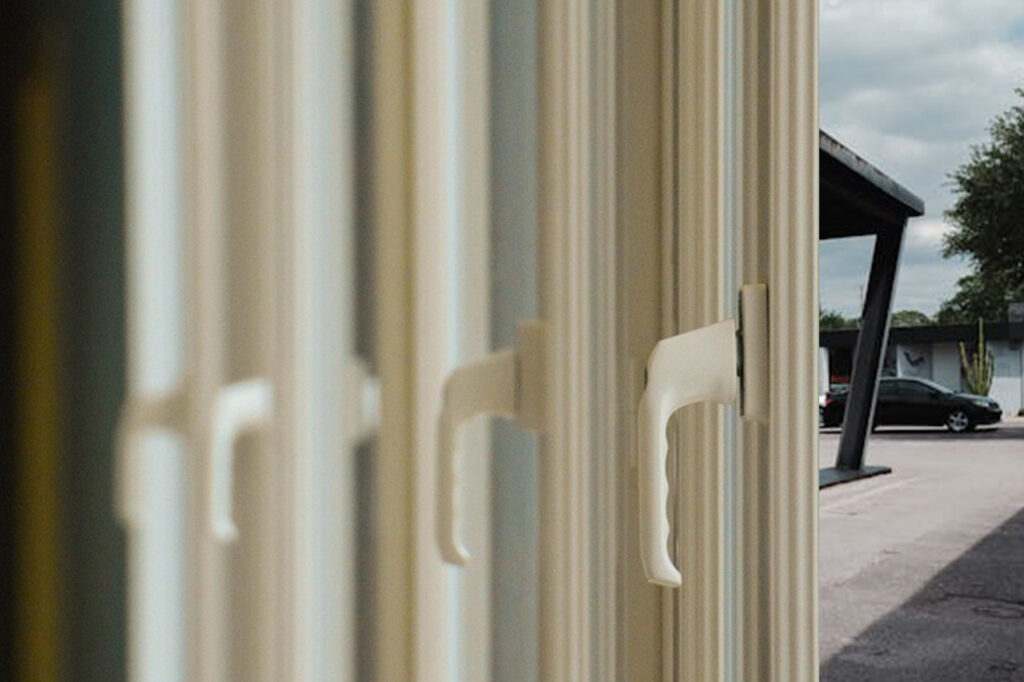Insulating a metal garage is one of the best ways to make it comfortable throughout the year. Metal buildings are known for being sturdy and low maintenance, but they also conduct heat and cold more easily than other materials.
Without proper insulation, your garage could become unbearably hot during summer and freezing in the winter. Insulation is essential not only for maintaining a consistent internal temperature but also for protecting the contents inside from moisture, condensation, and extreme temperature swings.
Proper insulation can make a metal garage feel like an extension of your home. It creates a thermal barrier that reduces the exchange of heat between the inside and the outside. This is especially important if you use the garage as a workshop, home gym, office, or storage space.
Comfort is not the only reason to insulate. It also helps you save on energy costs if your garage is connected to your home or has its own heating and cooling systems. Insulation contributes to noise reduction as well, which is useful in areas with a lot of outdoor activity or traffic.
Evaluating Your Metal Garage Structure
Before beginning the insulation process, assess the current condition and structure of your garage. Look for any signs of leaks, rust, or existing damage. These issues should be addressed first because insulation will not work effectively if water or air can easily enter the space. Examine the walls, roof, and doors. Make sure that all surfaces are clean and free of oil, dirt, or loose paint. If the garage has existing insulation that is damaged or ineffective, remove it to prepare for better solutions.
The size and layout of your garage also influence your insulation choices. A detached garage with no electrical wiring will require a different approach than an attached garage that includes windows, vents, or electrical outlets. Knowing the square footage, number of doors and windows, and the local climate can help you choose the right materials and techniques. Some areas experience higher humidity or more severe winters, which could dictate your insulation priorities.
Choosing the Right Insulation Materials
There are several types of insulation materials available for metal garages, each with distinct properties. Spray foam insulation is popular because it adheres well to metal surfaces and fills small gaps, preventing air and moisture infiltration. It expands after application and forms a strong seal. Although it can be more expensive, the energy savings and durability often make it worth the investment.
Batt insulation made from fiberglass or mineral wool is another common choice. It comes in pre-cut panels that are easy to install between wall studs or ceiling joists. This type is effective but may require a vapor barrier to keep moisture from seeping in. Rigid foam boards are also used in metal garages. They offer high insulating values in thin profiles, making them suitable for narrow wall spaces. Reflective or radiant barriers are typically used in warmer climates and are installed with the reflective side facing outward to deflect heat away from the garage.
Installing Wall and Ceiling Insulation
Start the insulation process with the walls. If your garage has studs, batt insulation can be placed between them. You can secure the insulation using wire supports or adhesive. Be sure to press the insulation firmly into place so there are no air gaps. For spray foam or foam boards, apply them directly to the metal panels. Make sure to follow manufacturer instructions for curing times and safety precautions.
Next, insulate the ceiling. This step is crucial because heat rises, and a poorly insulated ceiling can result in significant energy loss. Use batt insulation or foam boards, depending on the type of roof structure. Some people choose to create a drop ceiling and insulate above it, which can improve aesthetics as well. Ensure that all seams and joints are sealed to prevent air leakage.
Floor Insulation Considerations
Insulating the floor of a metal garage is not always necessary, but in some climates or usage scenarios, it can enhance comfort. If you plan to use the space year round or for activities requiring temperature control, insulating the floor becomes more important. Rigid foam boards can be laid under a plywood subfloor to add a layer of insulation. Another option is using insulation mats or rubber flooring, which also offer comfort and sound absorption.
For garages built on concrete slabs, consider using a thermal break between the ground and the interior. This reduces the transfer of cold or heat through the concrete. Rugs or heavy mats can also serve as temporary solutions to make the floor more comfortable without a full insulation overhaul.
Sealing Doors and Windows
No insulation job is complete without sealing gaps around doors and windows. These are common areas where air and moisture can enter. Weatherstripping can be applied to door edges to create a tight seal. Foam or rubber gaskets around windows can block drafts. Using insulated garage doors or adding insulation panels to existing doors improves thermal performance.
Pay attention to garage door tracks and mechanisms to ensure that adding insulation does not interfere with operation. Window coverings such as thermal curtains or blinds also help retain heat in the winter and reflect sunlight during summer. Combining these efforts with wall and ceiling insulation provides a well-rounded approach to temperature control.
Ventilation and Moisture Control
While insulation traps heat or cold, ventilation is essential to prevent moisture buildup. Good airflow reduces the risk of mold and mildew, which can damage insulation and stored items. Install vents or exhaust fans to keep the air circulating. Ridge vents or gable vents are effective in promoting passive airflow without using electricity.
Dehumidifiers can help in regions with high humidity levels. Ensure that the garage roof and wall materials are designed to resist condensation. Moisture barriers and vapor retarders are additional components that protect insulation from absorbing water. Monitor humidity levels inside your garage, especially during seasonal changes, to adjust your ventilation needs accordingly.
Maintaining Your Insulated Garage
After completing the insulation, ongoing maintenance ensures its effectiveness. Inspect the insulation periodically for signs of wear, damage, or moisture. Replace any sections that have become compromised. Check seals around doors and windows at least once a year. Keep vents clear and functional to maintain good airflow.
If you plan on using HVAC systems in your garage, regular servicing helps maintain efficiency. A well-insulated garage uses less energy to heat or cool, so your systems do not have to work as hard. Keeping your insulation in good shape extends the life of your equipment and saves money over time.
Benefits of a Properly Insulated Metal Garage
The benefits of insulating your metal garage go beyond comfort. You gain a versatile space that can serve multiple purposes year round. The improved energy efficiency reduces utility bills. Moisture control helps protect valuable tools, equipment, and stored goods from rust and decay. Noise reduction makes it a more pleasant place to work or relax.
Insulation can also increase the resale value of your property. A well-insulated garage is a feature that appeals to many buyers who see the potential for additional living or working space. The time and money you invest in insulation often pays off in both immediate benefits and long term value.
Conclusion
Turning your metal garage into a comfortable year round space starts with proper insulation. It transforms the building from a bare shelter into a controlled environment suitable for a range of uses. Assess your garage structure, choose the right insulation materials, and install them correctly for the best results.
Seal doors and windows, ensure adequate ventilation, and maintain the insulation over time. These efforts work together to create a space that is not only more livable but also more functional and efficient. Investing in quality insulation is an essential step toward making your metal garage a valuable part of your property.
Take the time to plan your insulation project carefully. The more attention you give to details during installation, the better the outcome will be. A properly insulated metal garage provides year round comfort, protects your belongings, and adds to the overall usefulness of your property

